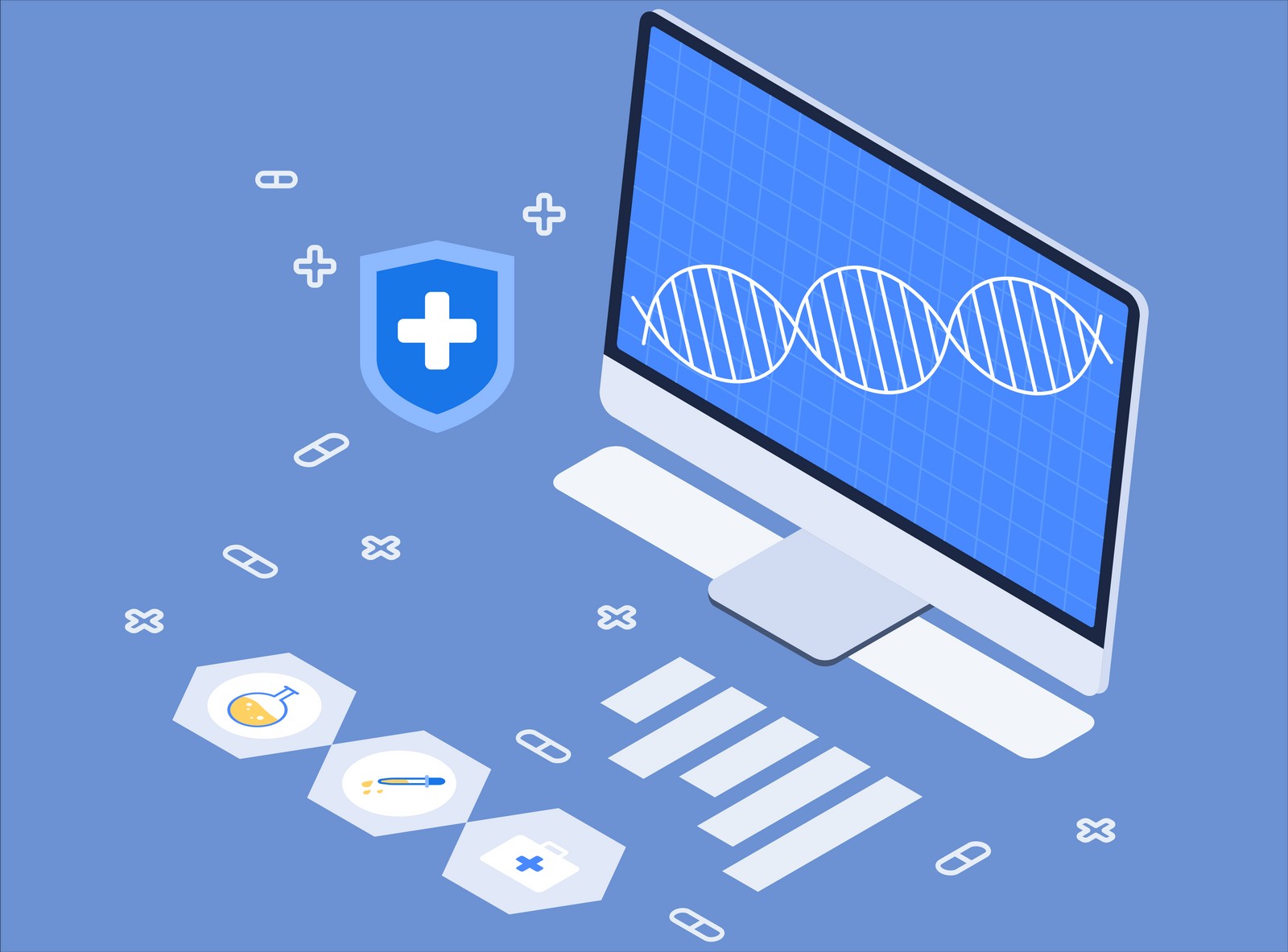In this blog series we will explore multi-targets panels - looking at the applicable use cases, the advantages and the drawbacks of these assays.
These panels are designed to simultaneously test for multiple genetic markers across a variety of pathogens. By amplifying different pathogens in a single assay, or multiple targets within the same pathogen, the panels improve detection rates, reduce time to results, and ensure accurate treatment. Multi-target panels are rapidly supplanting conventional methods, such as viral cultures, for identifying, tracking, and controlling infectious diseases. Additionally, they enhance ongoing surveillance, helping to detect potential outbreaks early and enabling proactive responses. As pathogens evolve and new variants emerge, multi-target panels are enabling health authorities to quickly detect and understand these changes, leading to better pandemic preparedness and response strategies.
One of the most significant applications of multi-target panels is in the identification of viruses and variants that can affect antimicrobial resistance (AMR), particularly in respiratory pathogens. Multi-target panels can be designed to detect genes which are known to cause drug resistance in pathogens. 1 These panels can also be targeted to whole genomes to allow rapid identification of pathogens and any new mutations that have accumulated, which can then assist with redirecting into further drug resistance tests. Since respiratory pathogens often present with similar symptoms, using a single assay to pinpoint the responsible pathogen allows for faster diagnosis, reducing unnecessary antibiotic use and limiting the spread of AMR. These approaches are crucial for monitoring drug-resistant pathogens and preserving the effectiveness of current therapies, as AMR remains a major global health challenge.
Currently there are still some challenges when using multi-target panels to identify respiratory pathogens, including determining the impact of each pathogen detected on the disease development, when multiple pathogens are detected together. Thus the current detection methods of bacterial culturing and nucleic acid amplification tests (NAATs) are still important and cannot be discarded entirely.
Multi-target panels are also instrumental for surveillance purposes within populations, aiding in monitoring the prevalence and spread of diseases. They can be deployed to screen large numbers of samples from different locations, providing valuable insights into disease trends, hotspots, and demographics impacted. Multi-target panels reduce time to organism identification, and while more expensive to the laboratory immediately, have been shown to remain cost neutral or even reduce costs to institutions when viewed in context. This cost reduction is shown through faster and more accurate diagnoses leading to less resources spent on treating patients and improved infection prevention, mitigating possible future cases. 23 By understanding the epidemiology of diseases within specific communities, multi-target panels contribute to proactive and targeted public health responses.
Furthermore, multi-target panels play an important role in early outbreak detection and containment. By combining them with sequence data analysis software, such as Hyrax Biosciences’ Exatype platform, genetic variations can be monitored, and geographic tracking of different clades can be made simpler. Early detection of a potential outbreak, such as a newly mutated variant or unusual pathogen profiles, enables health authorities to implement control measures swiftly, reducing the spread before it escalates. This early warning system is essential for managing pathogens with high transmissibility or severe health impacts, such as H1N1 (Swine flu), the Mpox virus or COVID-19.4 Hyrax Biosciences has assisted with the COVID-19 pandemic outbreak control through their Exatype Sars-CoV-2 software, through which over 100 000 SARS-CoV-2 sequences have been analysed since the pandemic began. Implementing a multi-target panel for early detection can present challenges, such as the need for additional training, and lack of easy-to-deploy equipment, which lower-income developing countries may struggle to absorb. Utilising a system such as Exatype, with its intuitive, easy to use, cloud based interface can assist with overcoming these challenges. Ensuring adequate training for both the panels and associated software is crucial for the system’s success.
The use of multi-target panels marks a transformative advancement in infectious disease management. From identifying novel pathogens and tracking AMR markers to monitoring disease prevalence and enabling early intervention, these panels equip health systems with the insights needed to stay ahead of evolving health threats. The availability, simplicity and cost effectiveness over time of multi-target panels has increased their adoption in a wide range of settings, including hospitals and laboratories, however they are still expensive to implement in the short term, when compared with traditional testing methods, and require additional software which can support analysis of many pathogens on one test. As diagnostics continue to improve, multi-target panels will play an increasingly important role in disease identification, prevention and control. By providing streamlined and disease-agnostic sequence data analysis in the form of Exatype, Hyrax Biosciences is well positioned to assist with the analysis component of an end-to-end solution for multi-target panels.
References:
- https://pmc.ncbi.nlm.nih.gov/articles/PMC8925887/ Simmer P, et al. 2022
- https://www.jmdjournal.org/article/S1525-1578(23)00209-X/fulltext Lewinski M, et al. 2023.
- https://www.journalofinfection.com/article/S0163-4453(14)00353-3/fulltext Goldenburg S, et al. 2015
- https://www.nature.com/articles/s41467-024-53059-x Li B, et al. 2024

 Your sequence data.
Your sequence data.